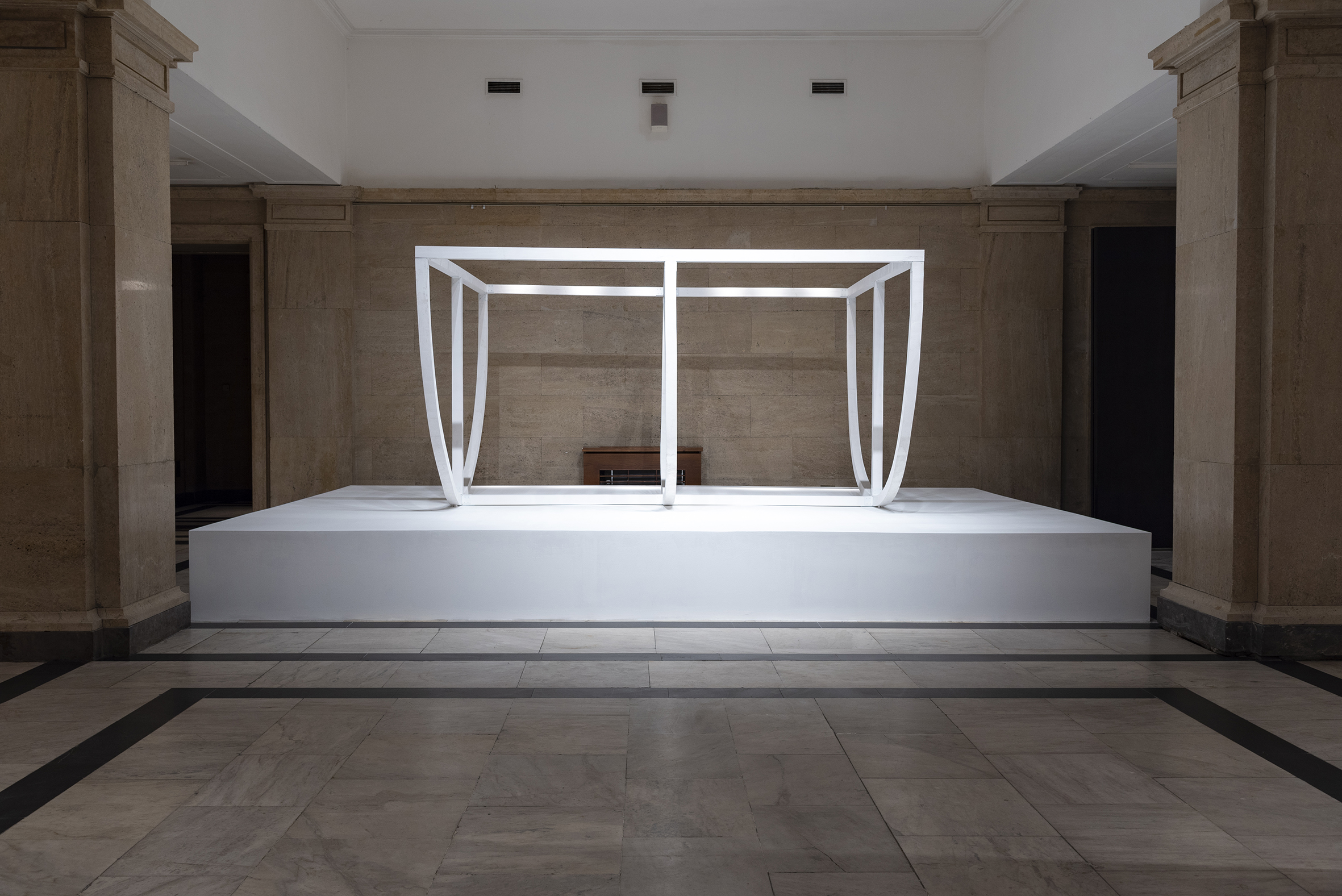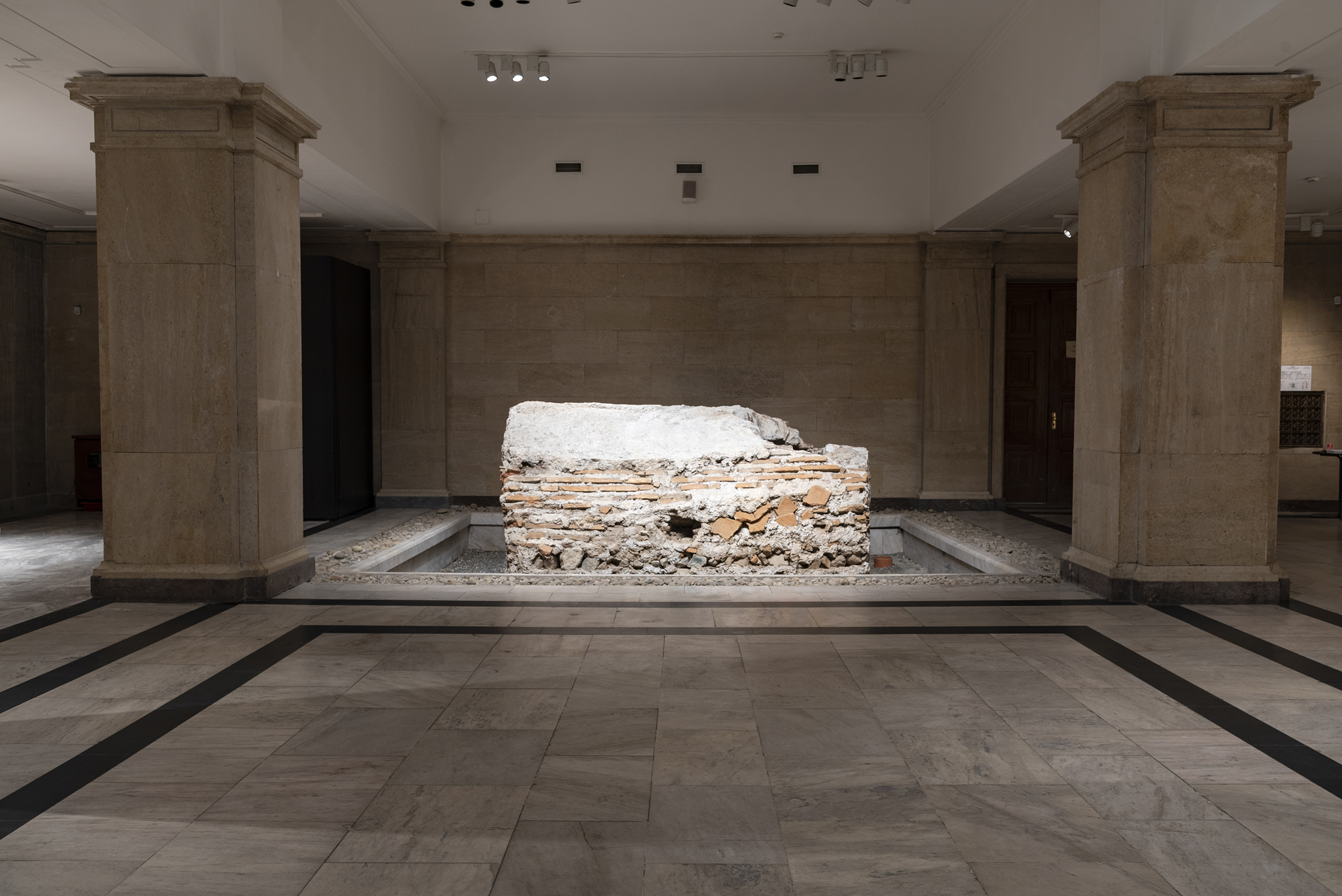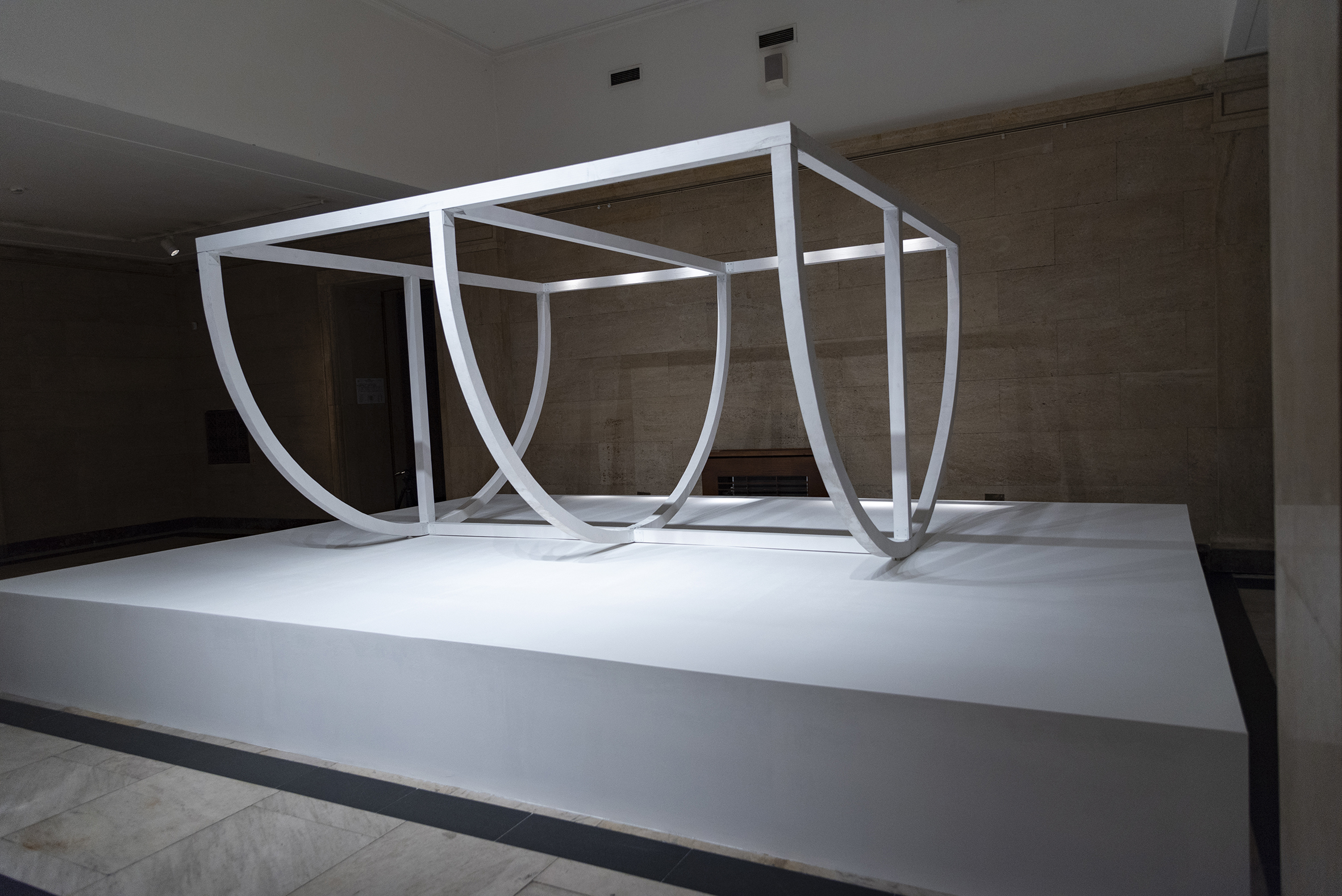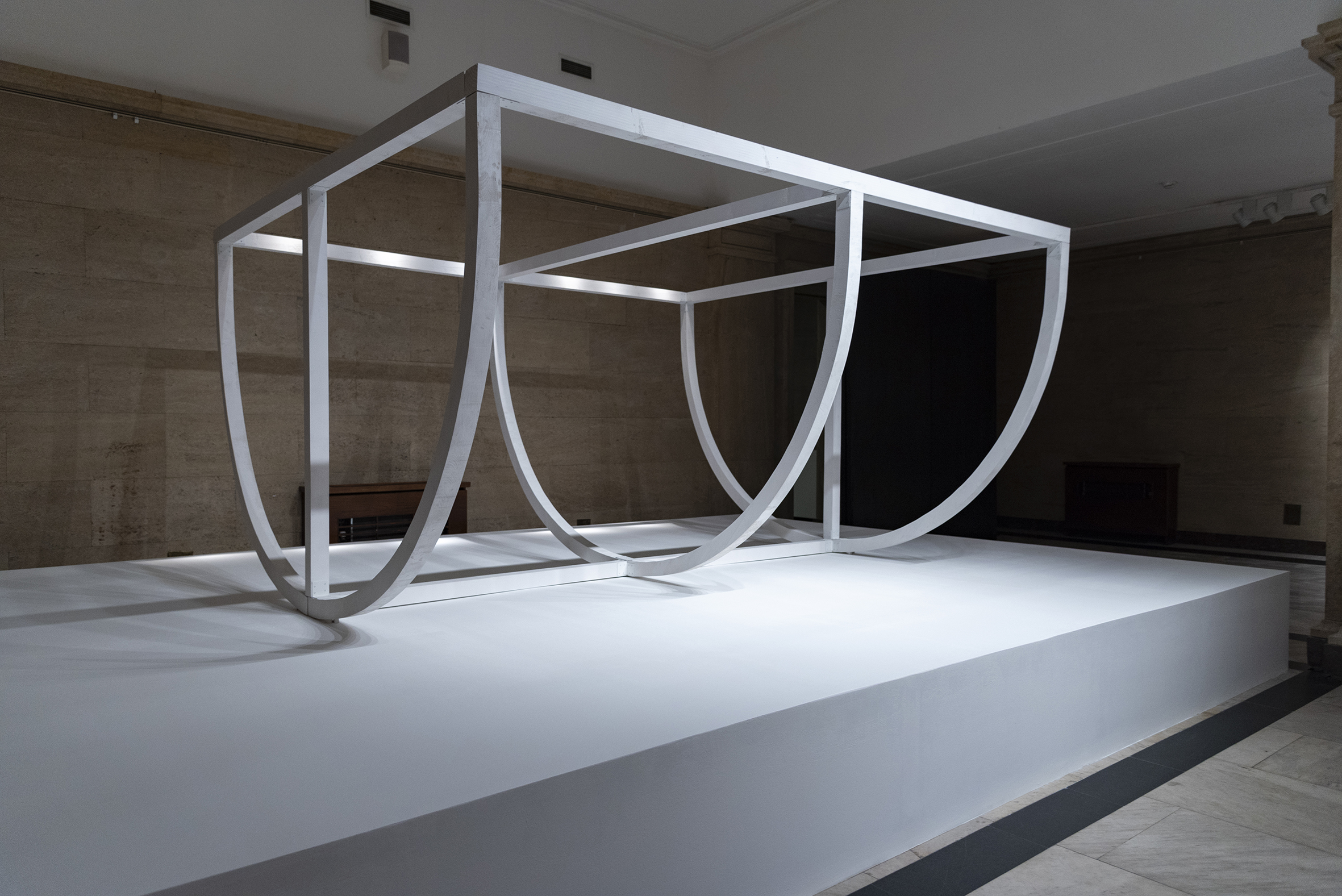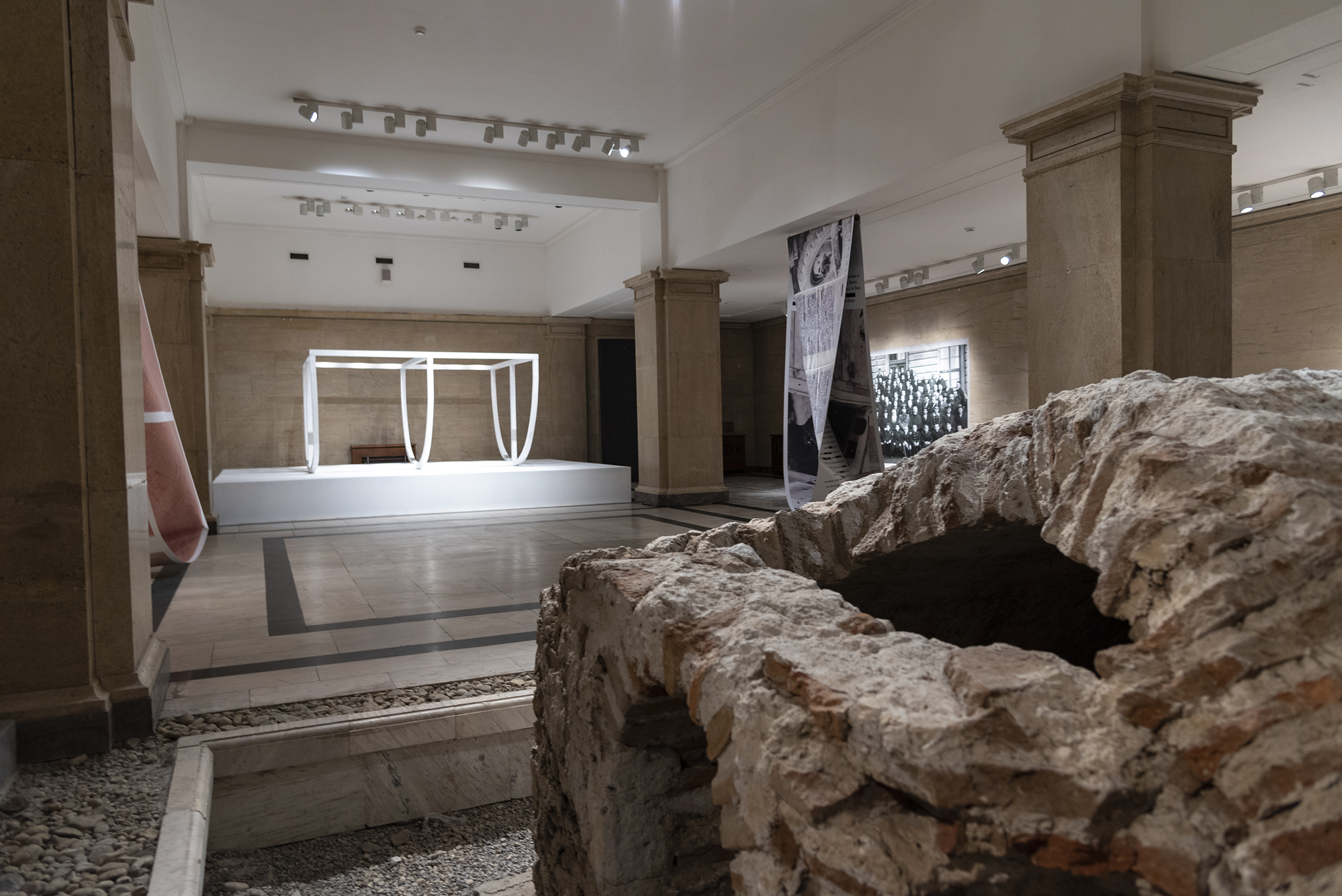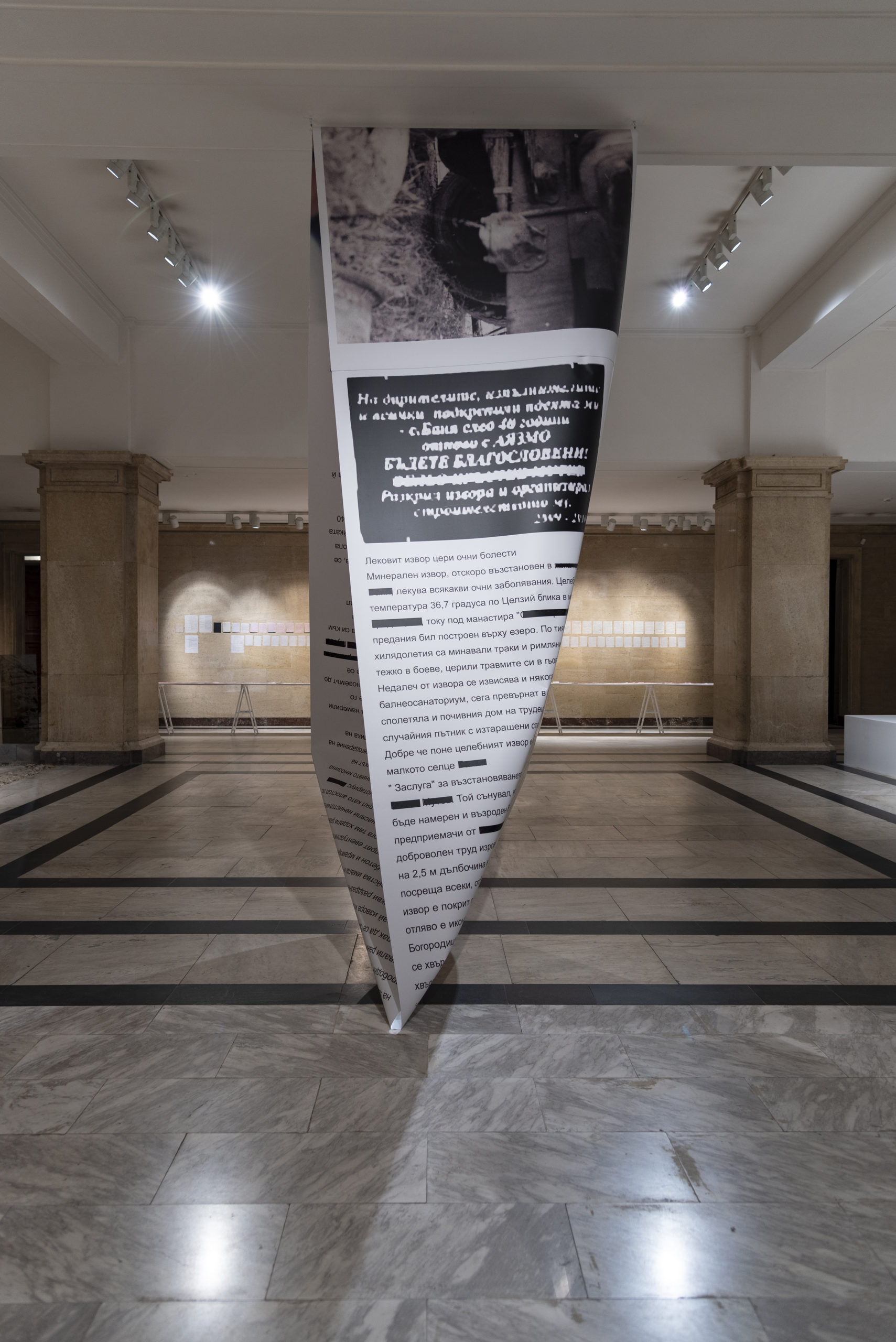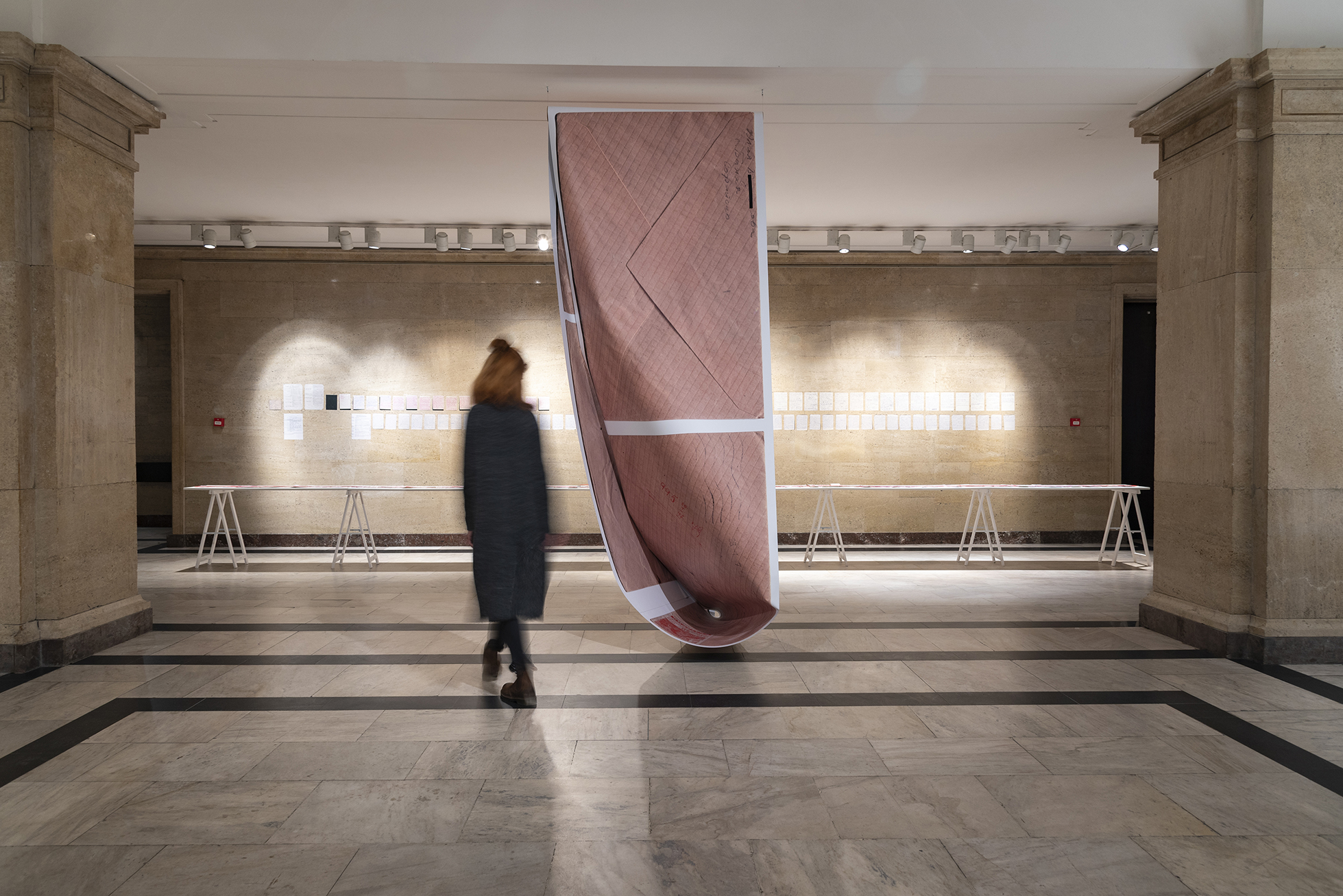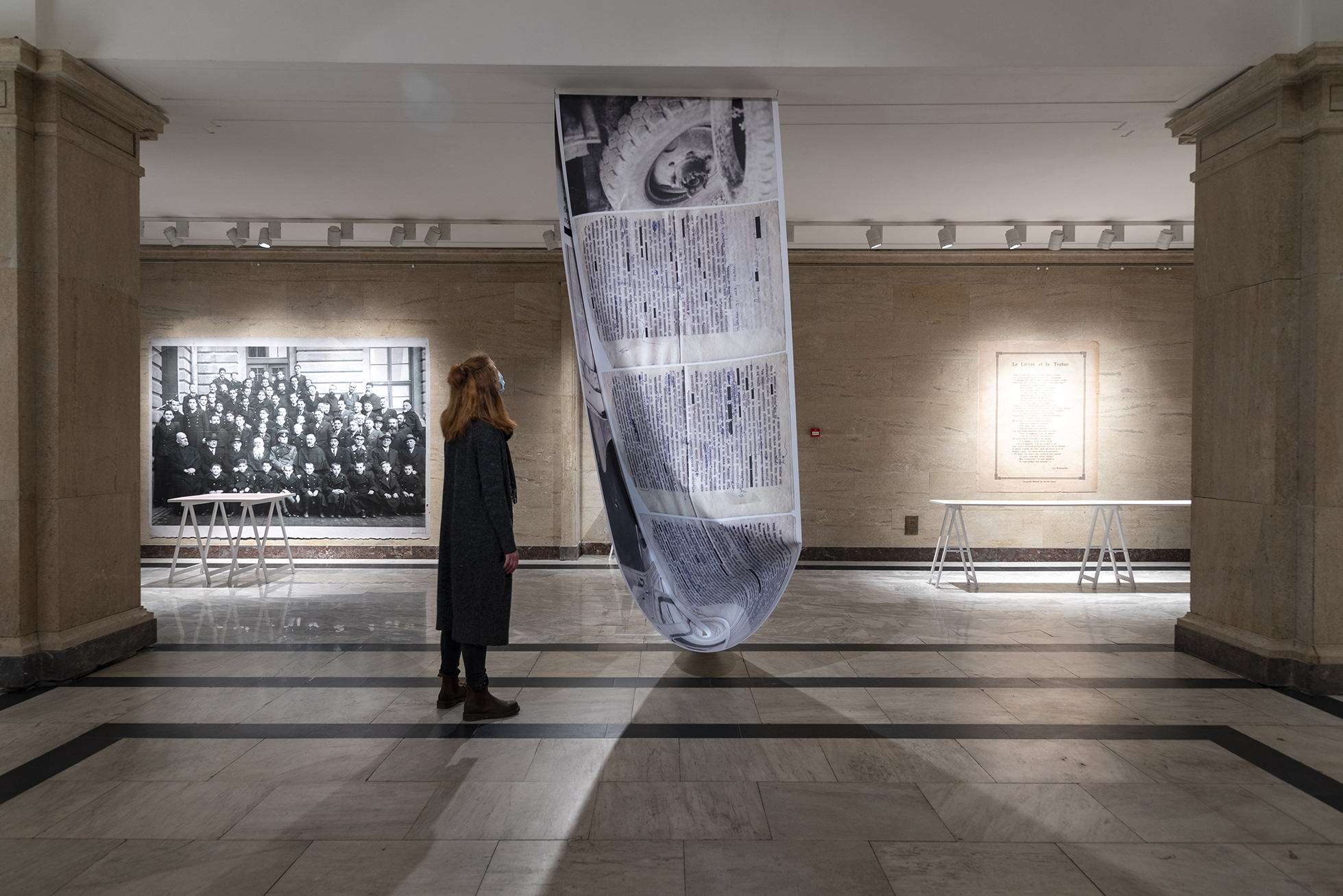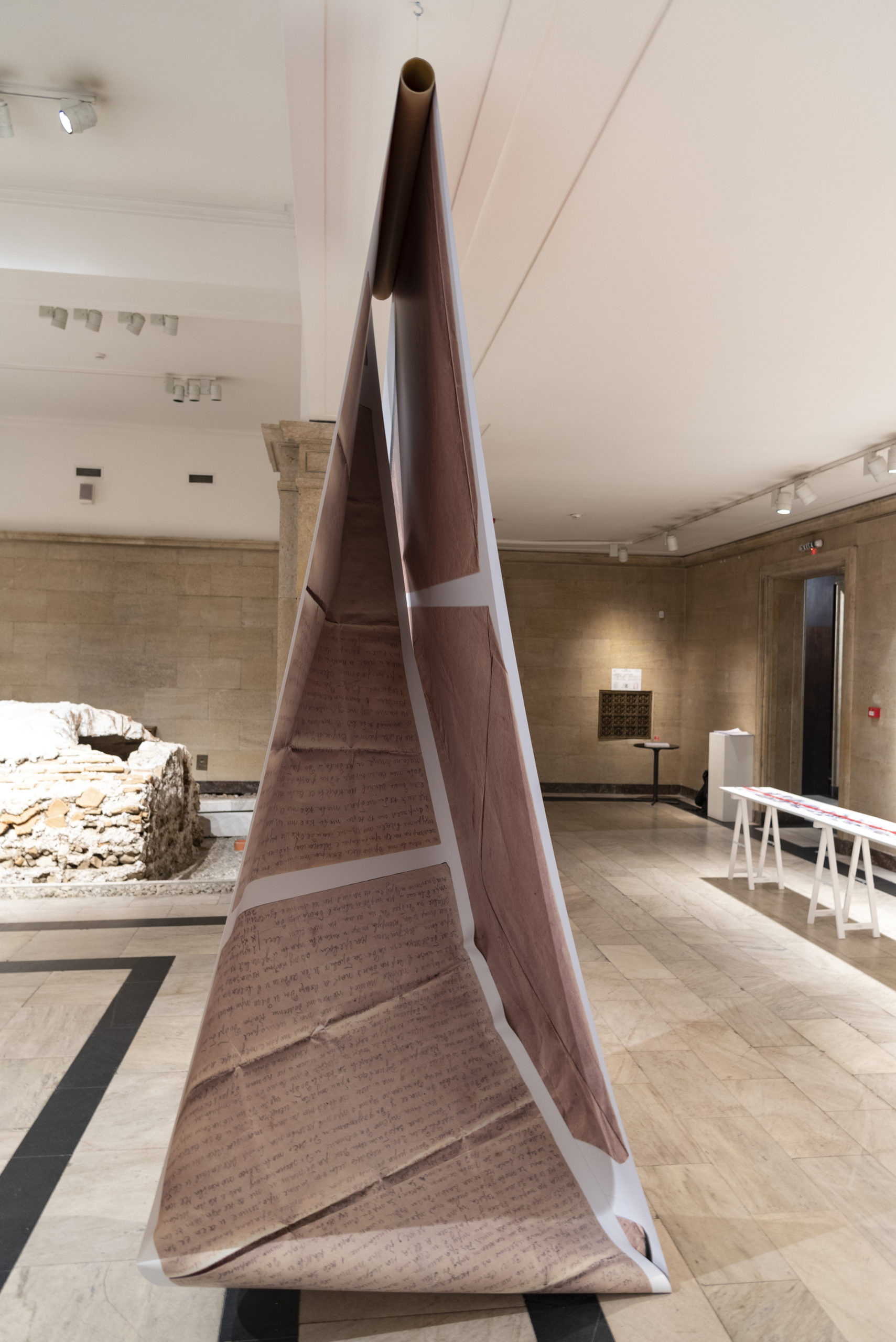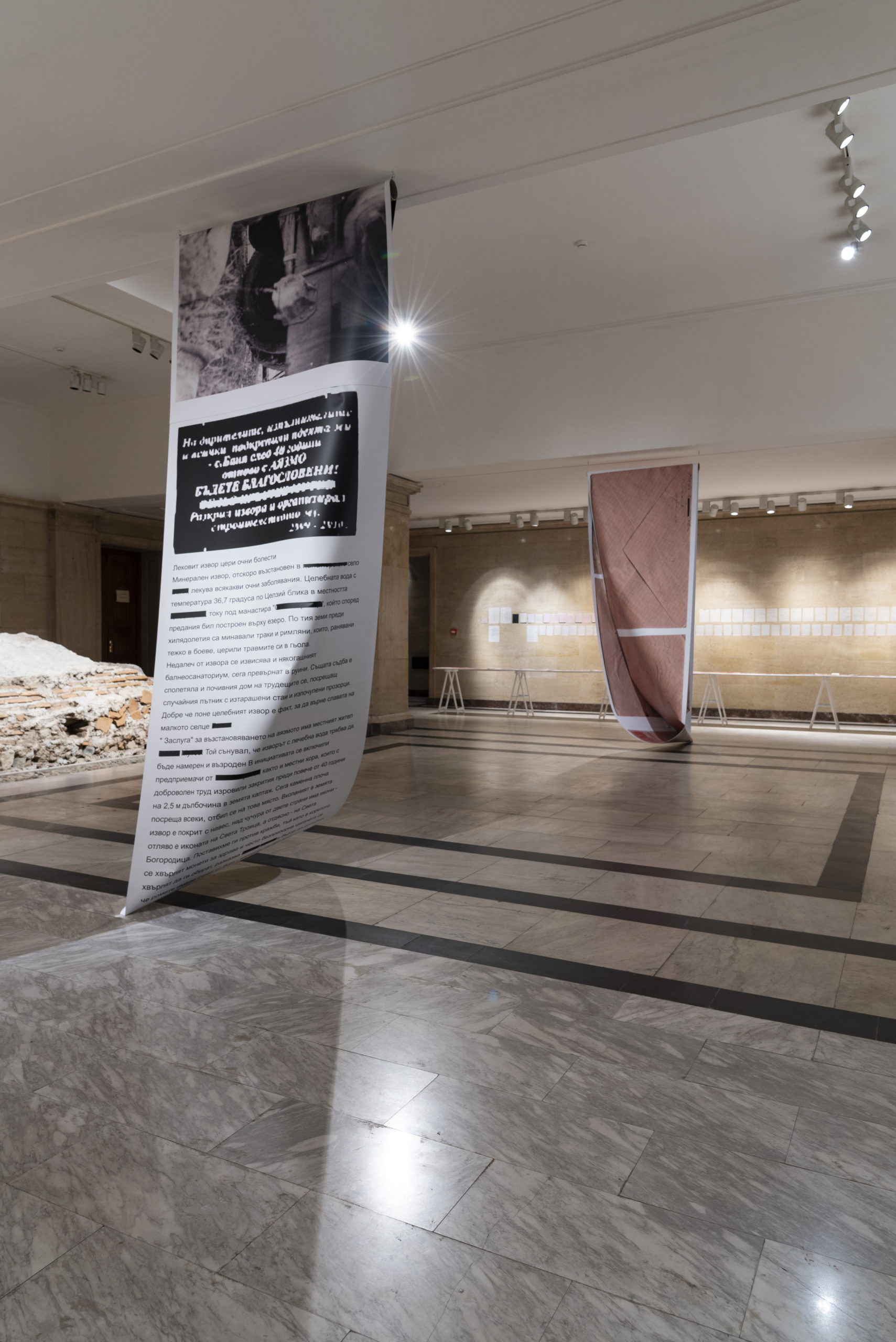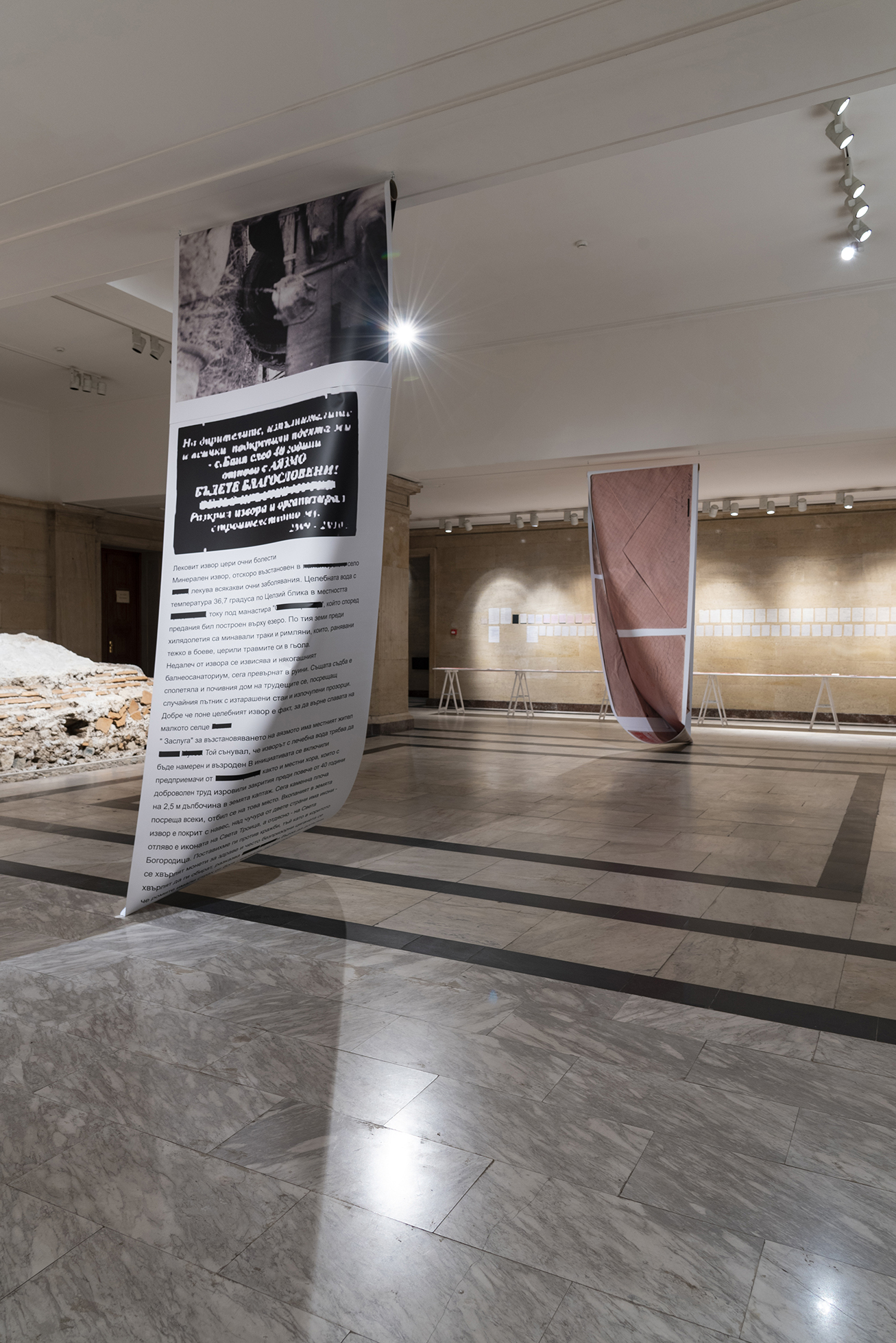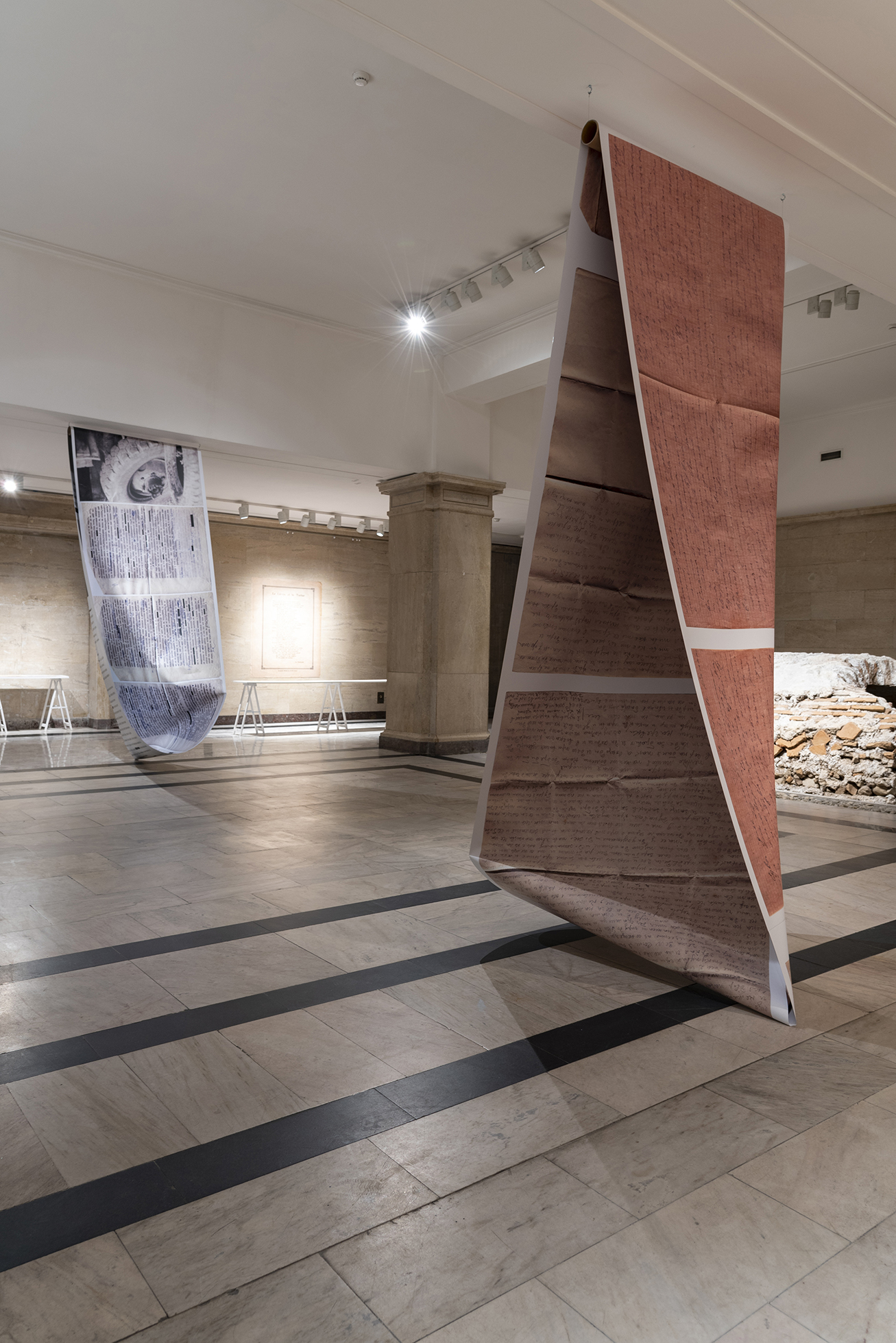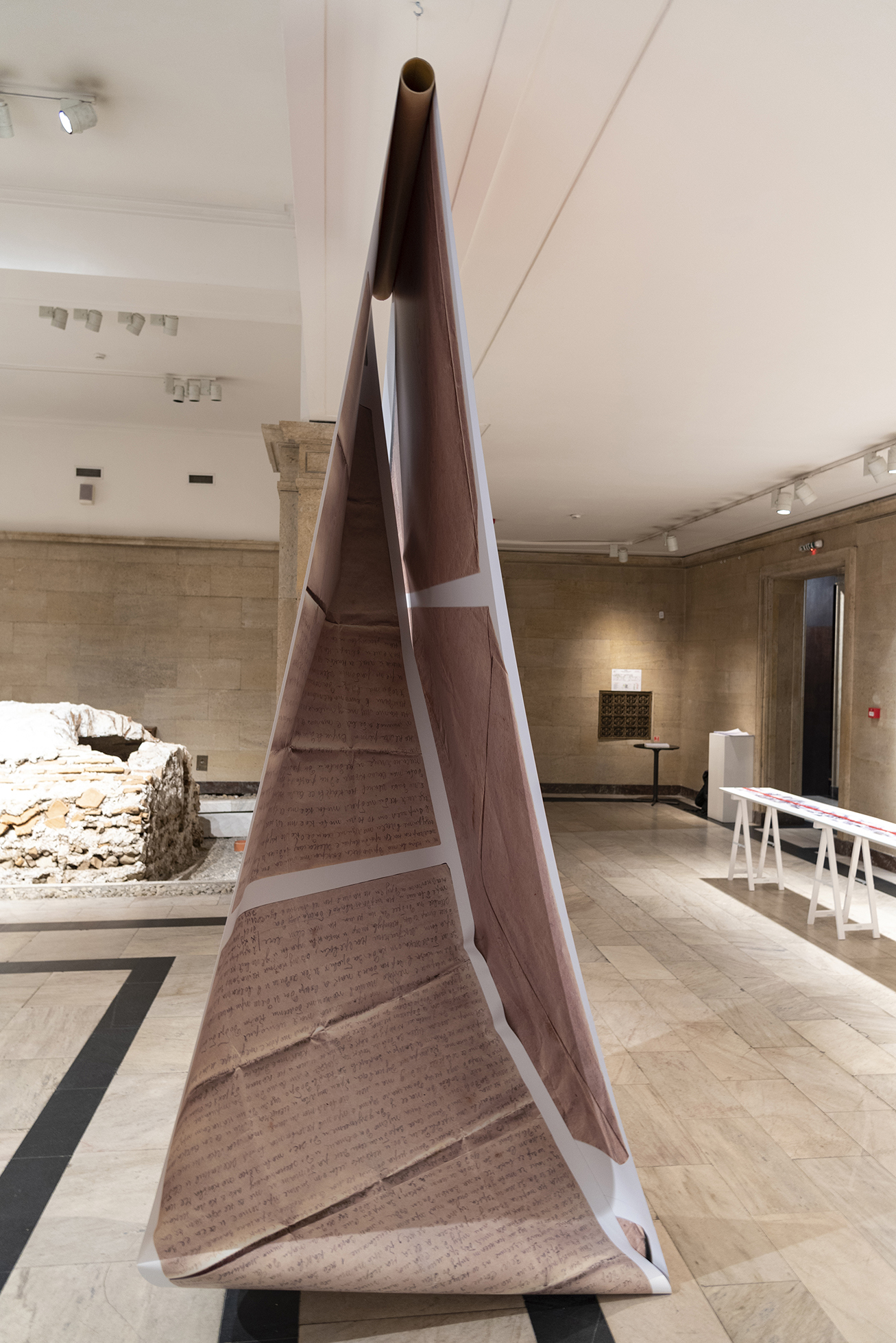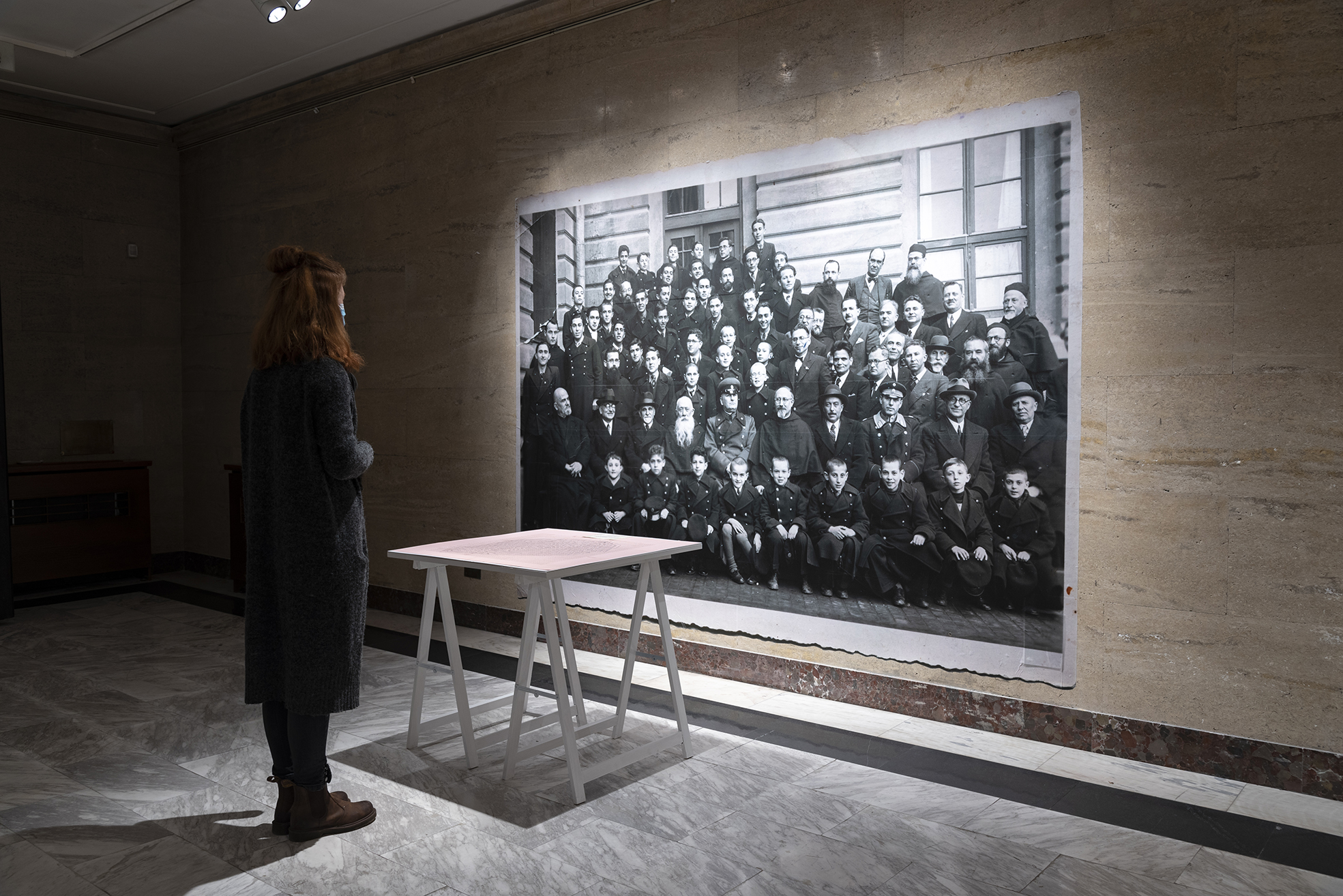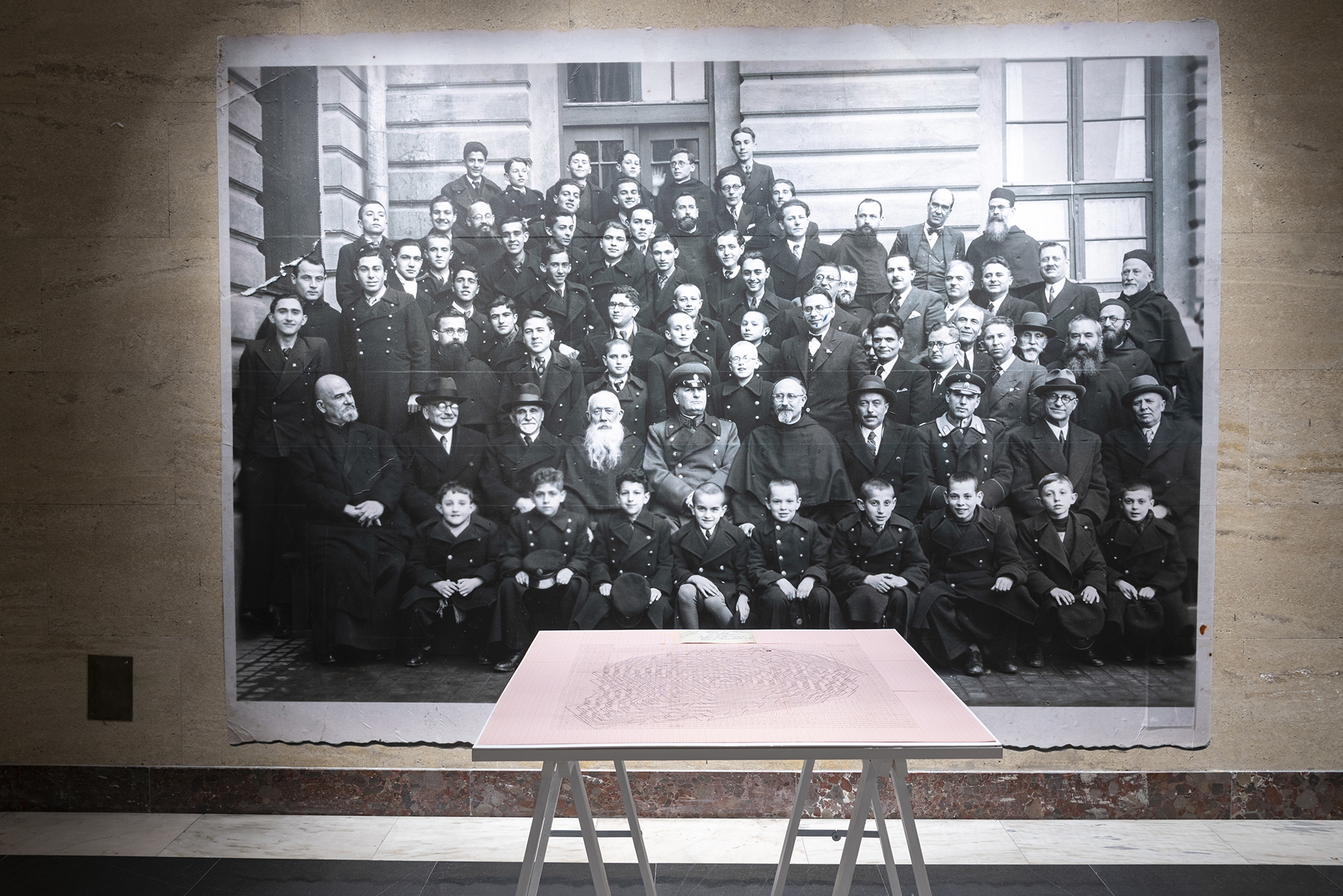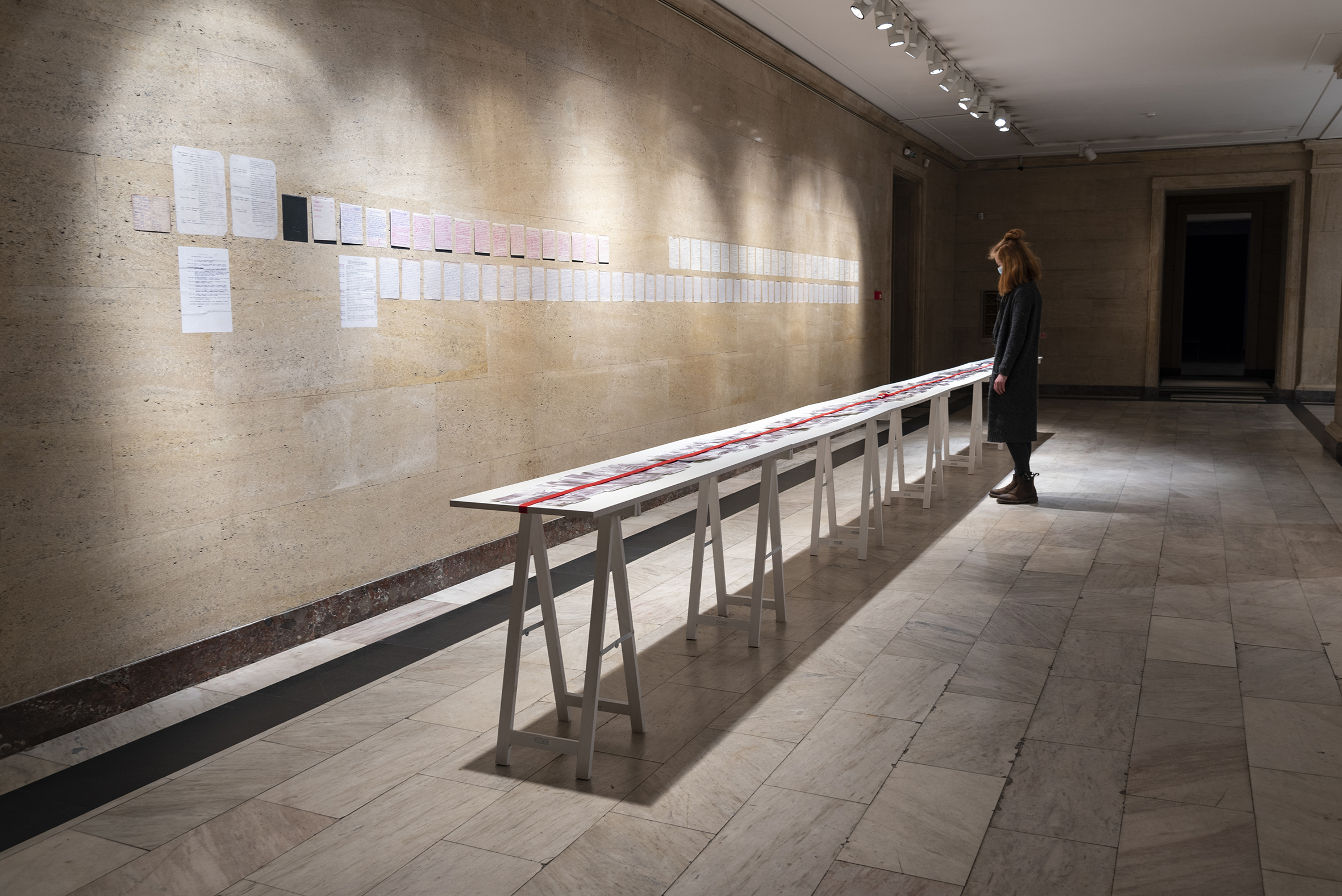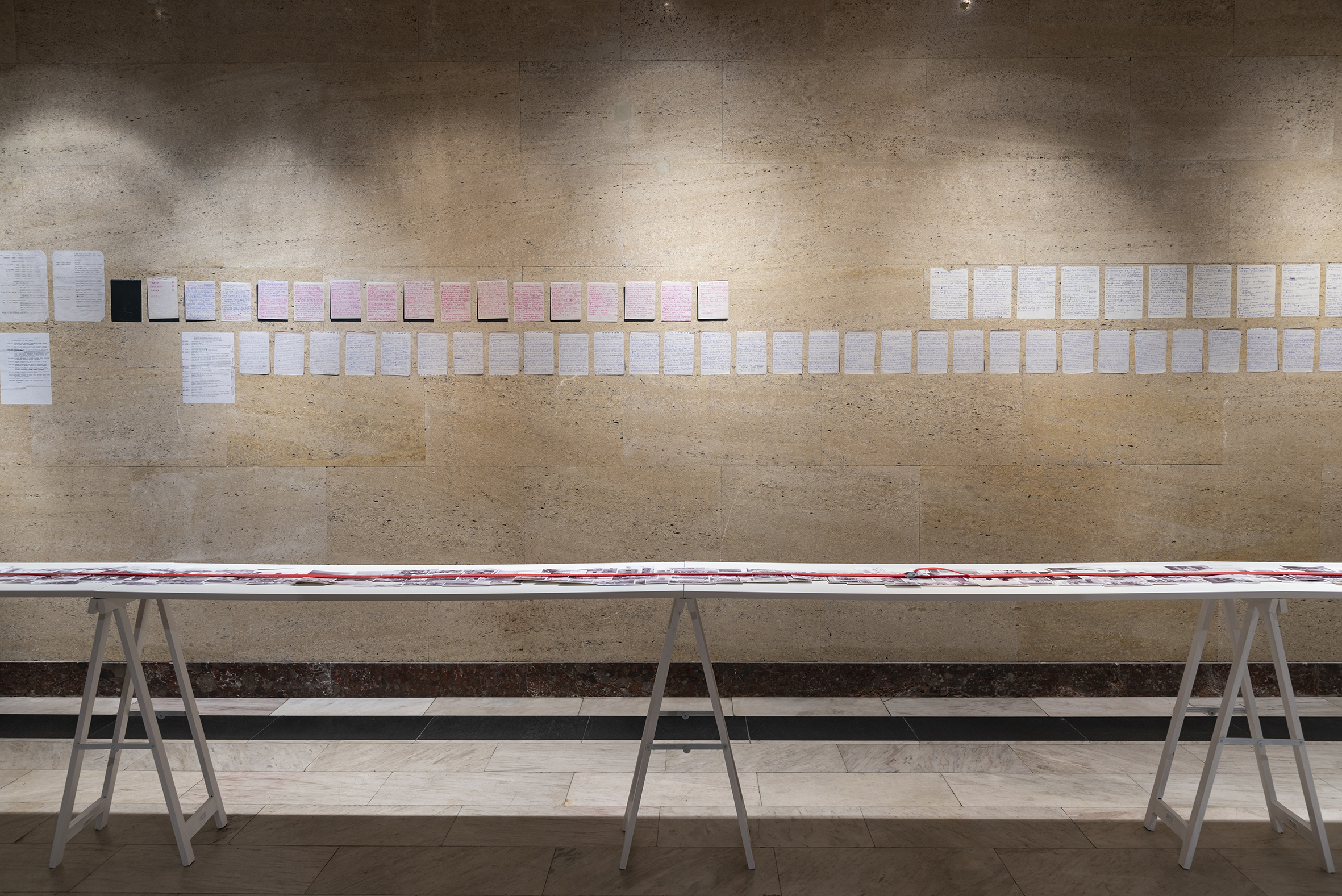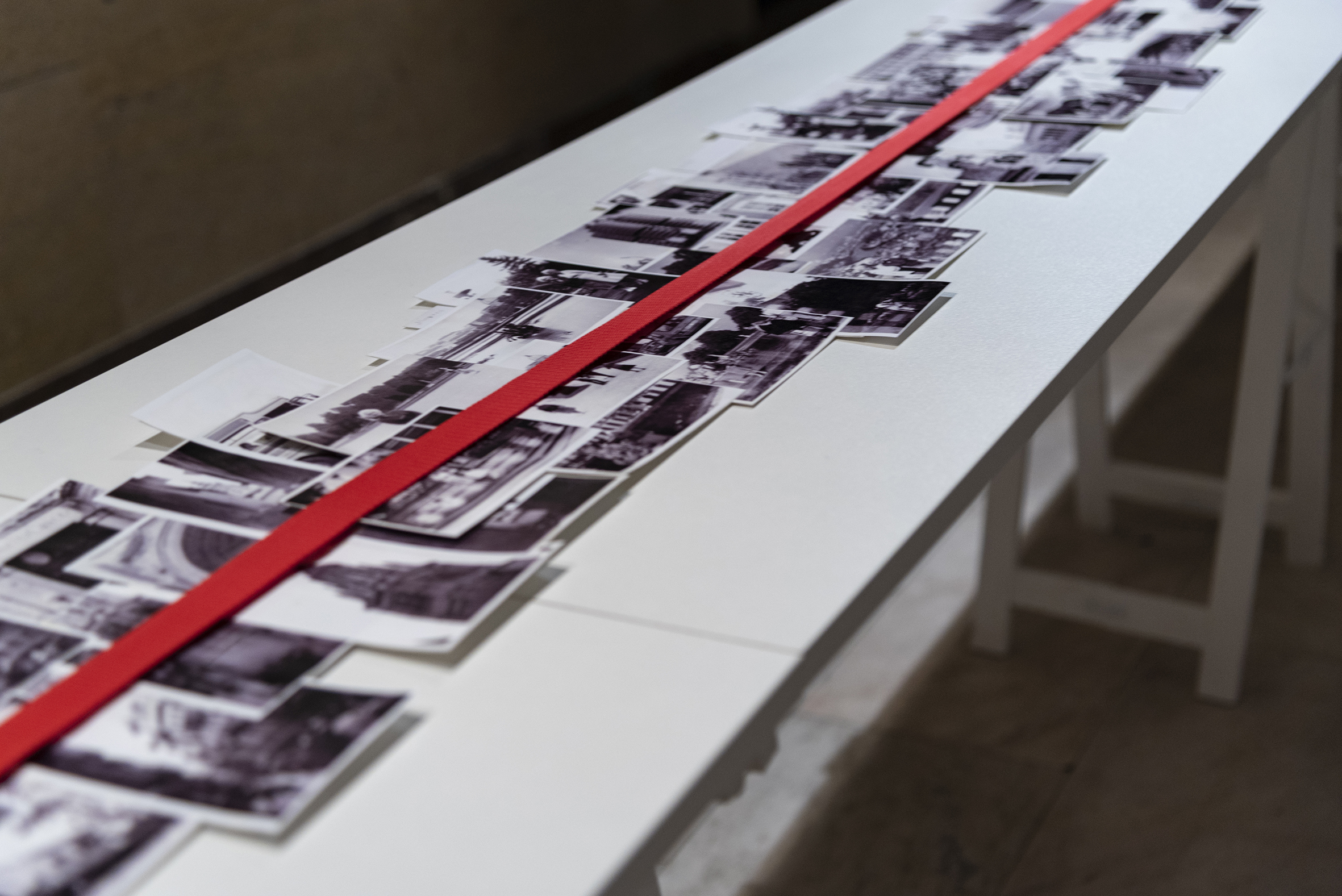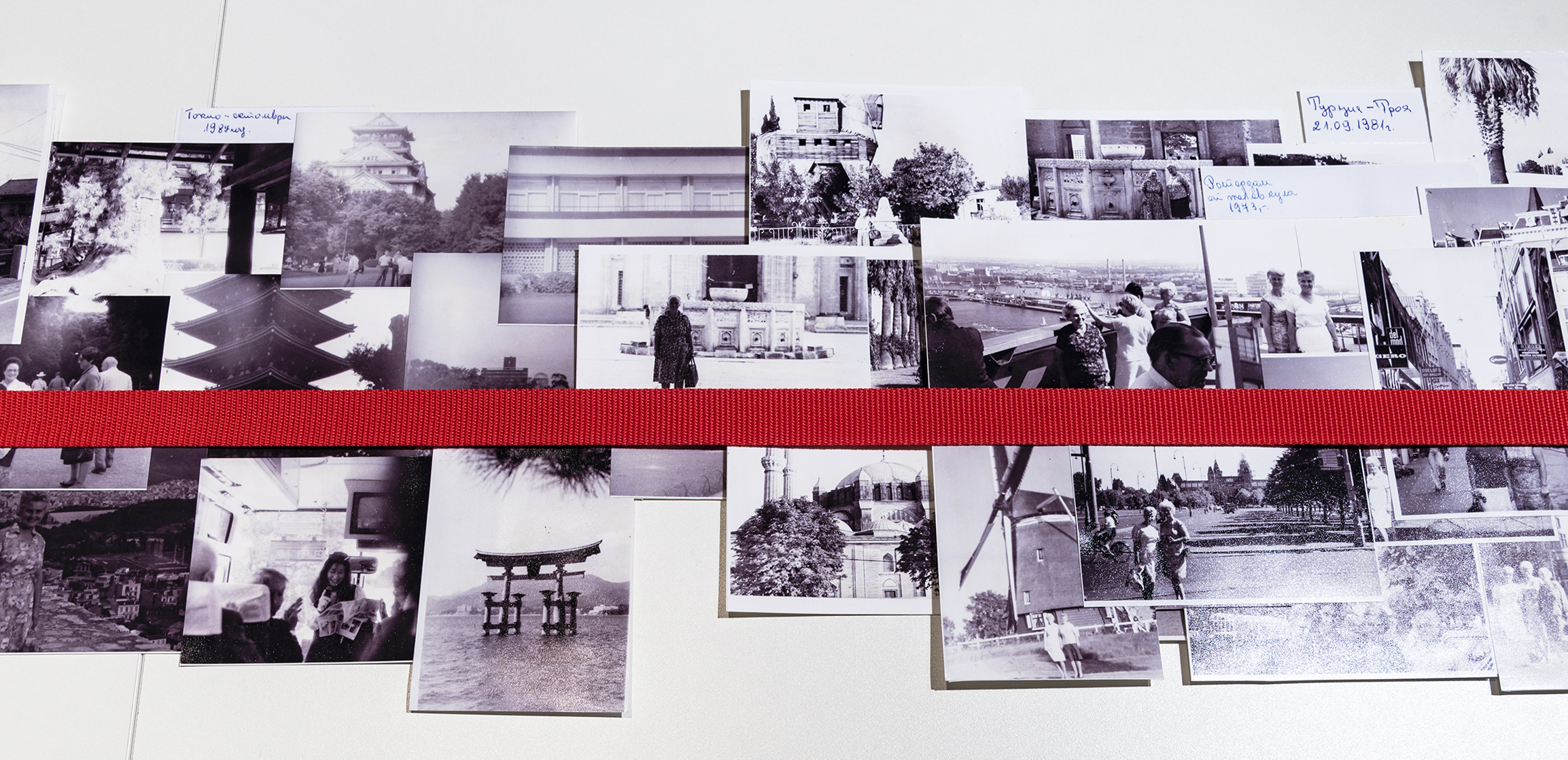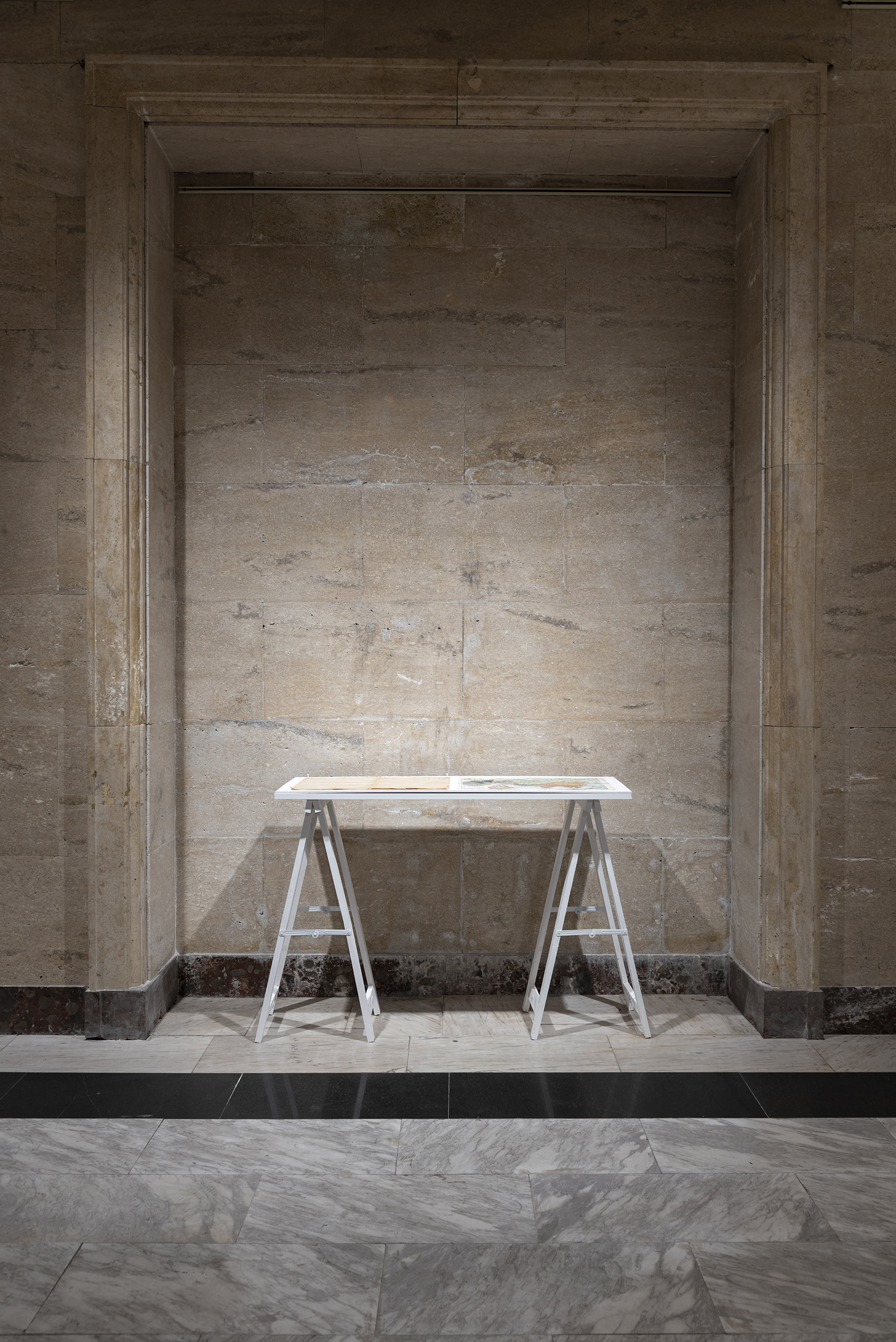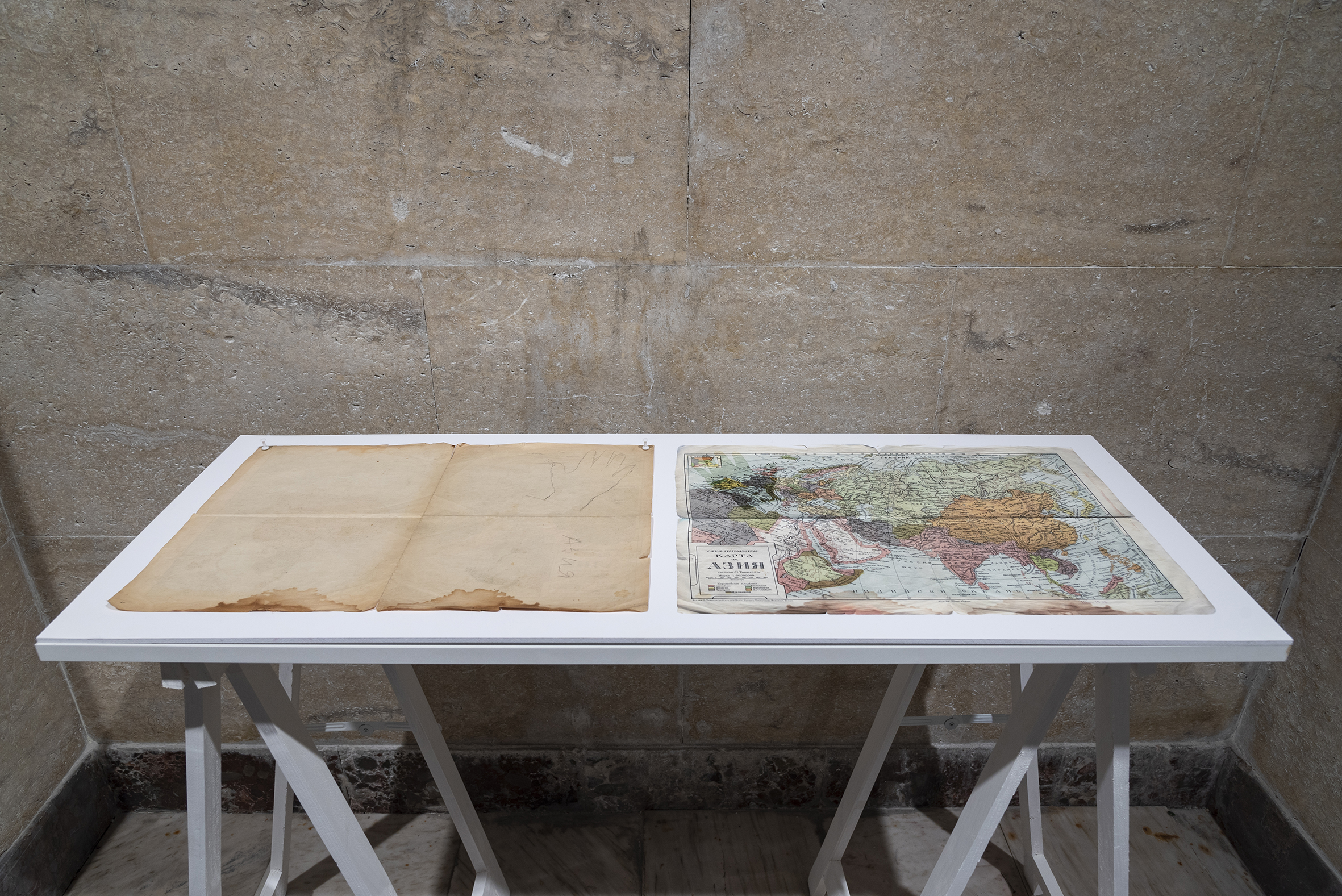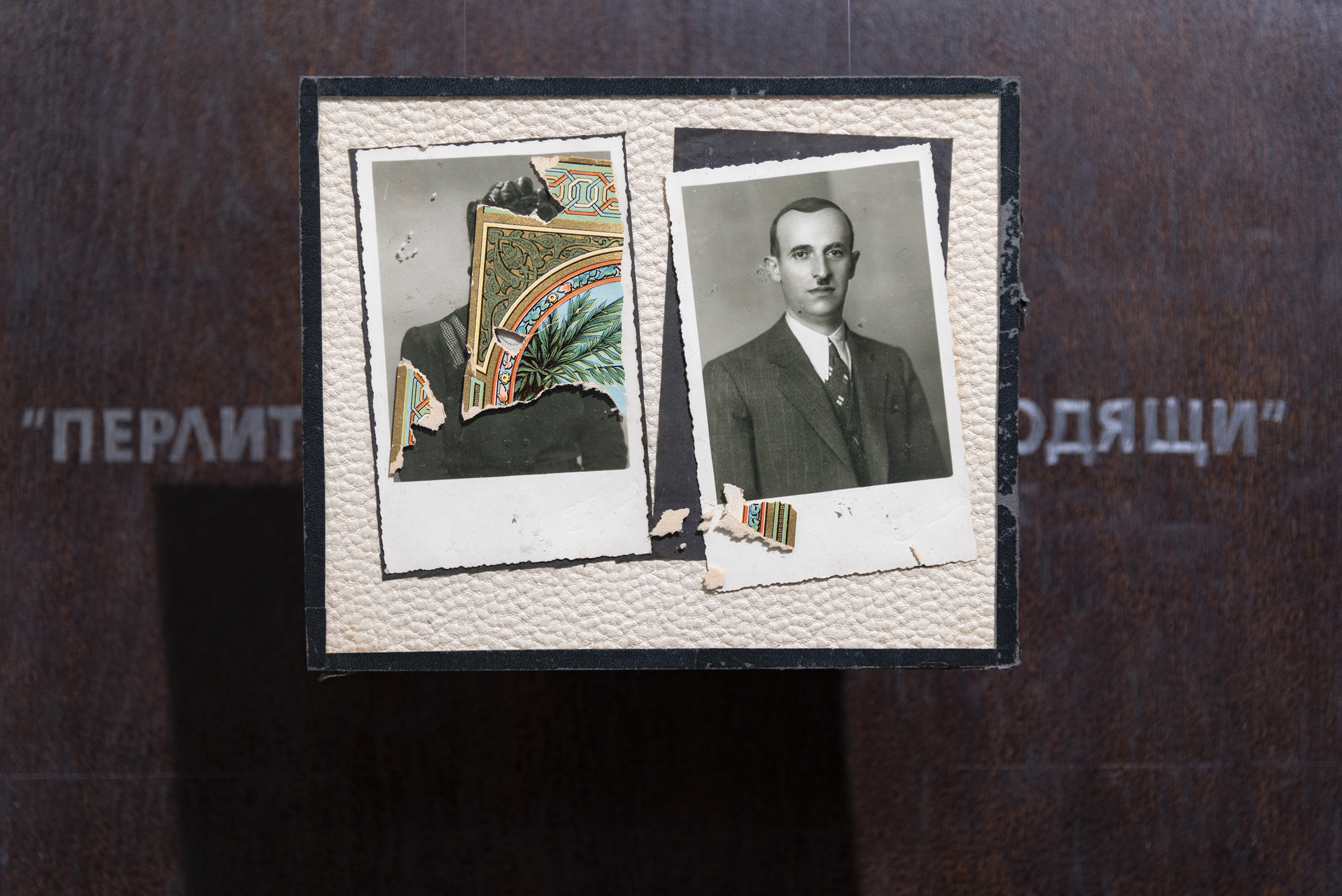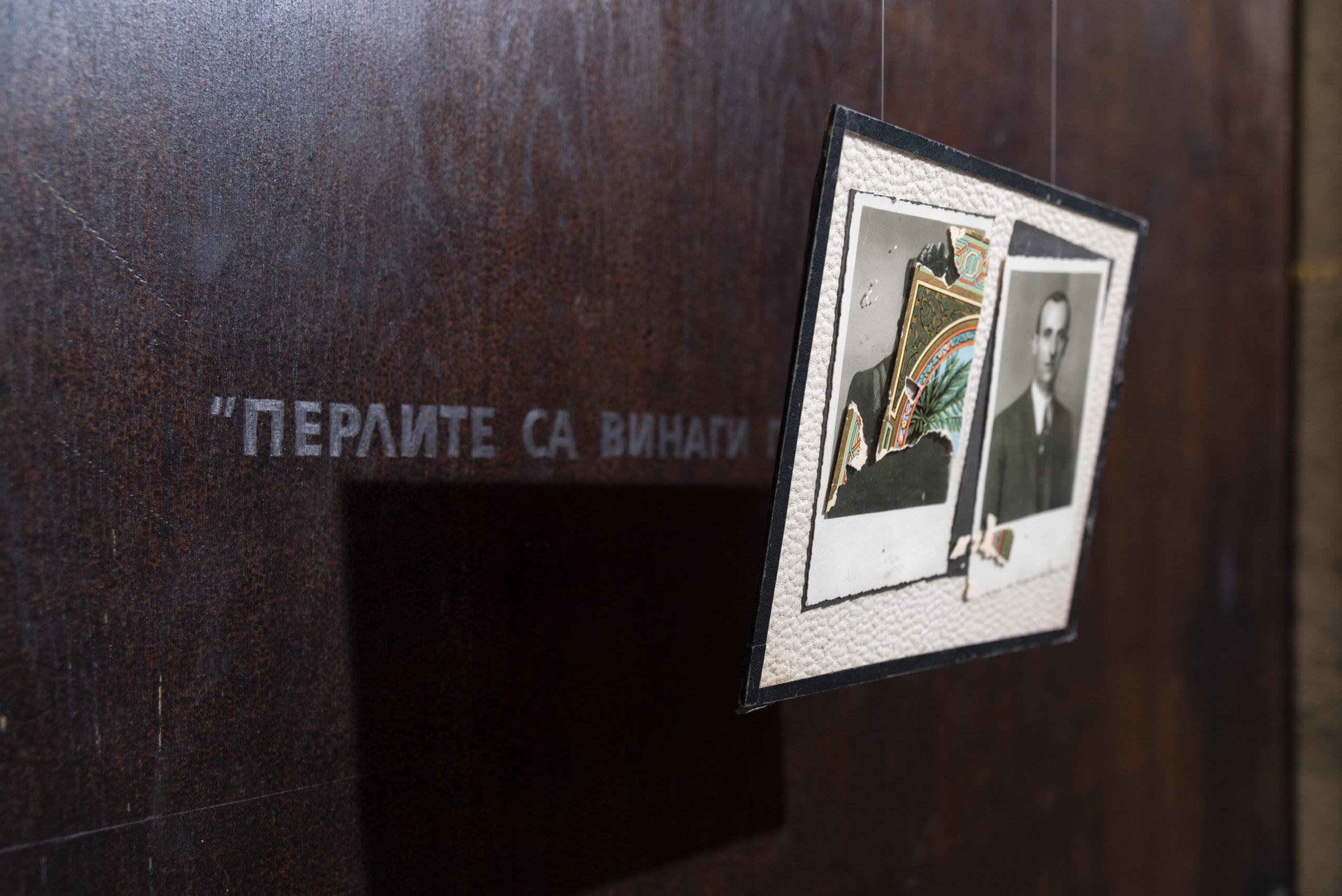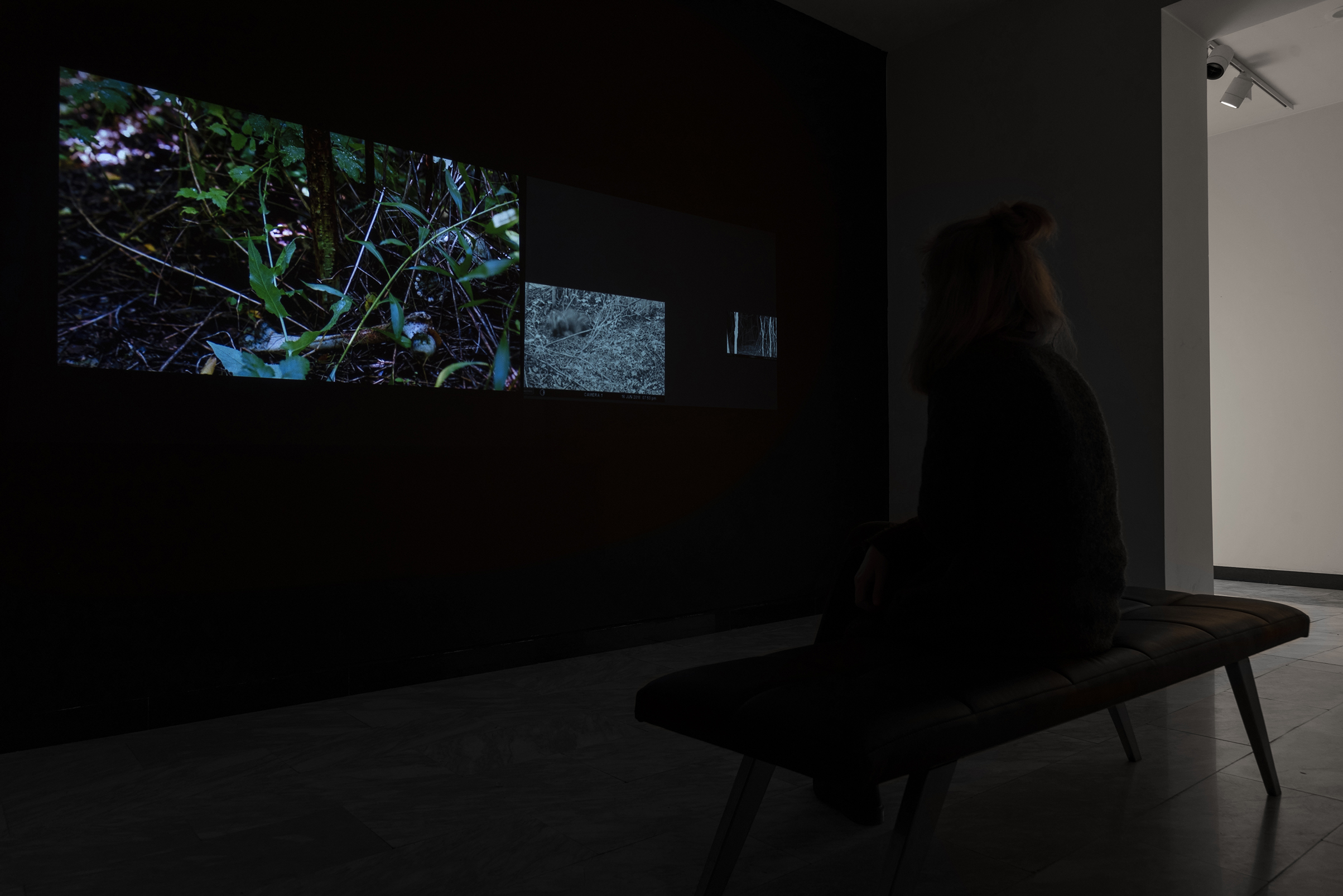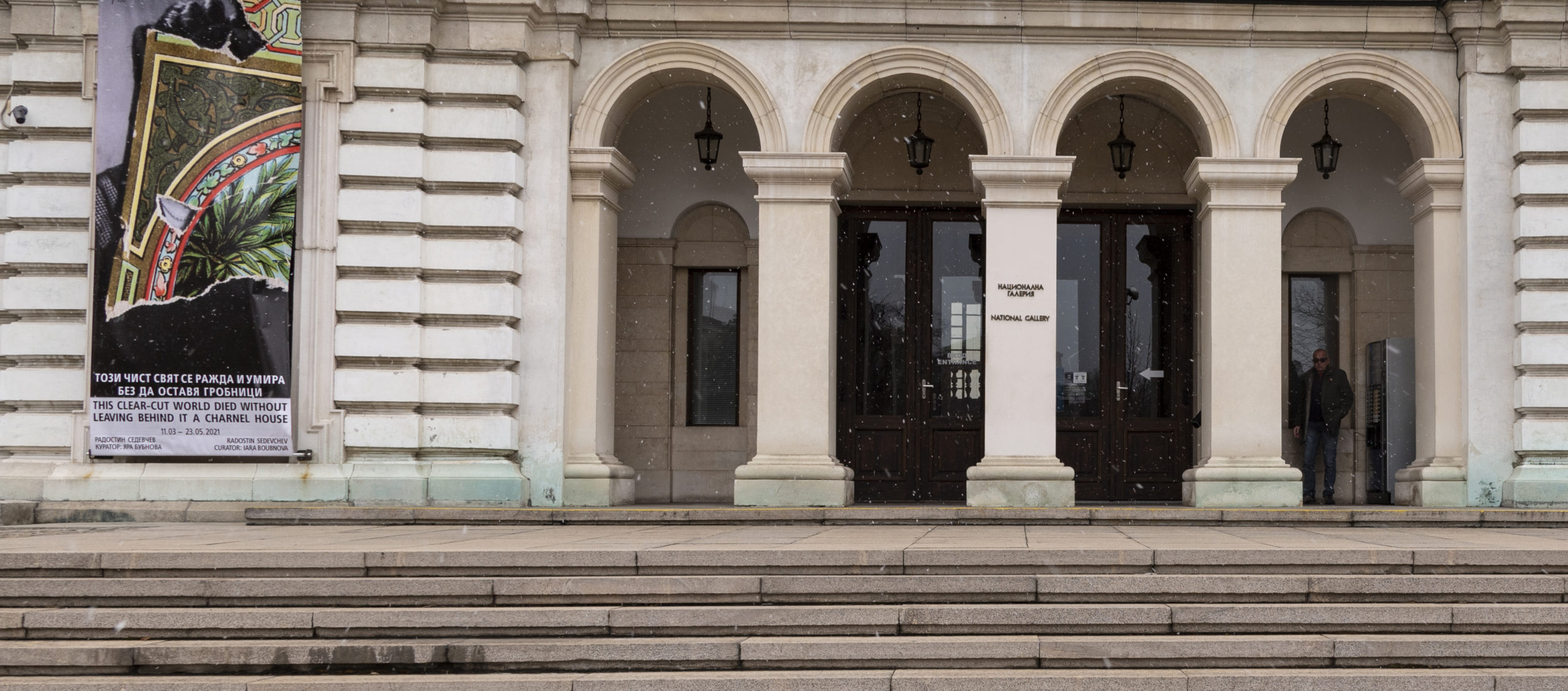
THIS CLEAR – CUT WORLD DIED WITHOUT LEAVING BEHIND IT A CHARNEL HOUSE
2021
Radostin Sedevchev is working with original documents from the past. Not the ones kept in archives and libraries but with found “objects”. He is tracking and purchasing them at flea markets – photographs, letters, diaries, school exercise books, notebooks and other such testimonies. These are forever detached from their authors; these have become useless and somehow anonymous. They contain events and details from the private lives of “ordinary people”; they are often neglected by the big, collective History, which is in the textbooks.
The artist’s method is reinterpretation – visual, textual, and semantic, always sensitive and respectful to the source but totally free while creating an autonomous image, narrative, and illusion. The authentic source material is the “izhodnik” (neologism in Bulgarian – a starting code) – a term that has become popular with IT experts, signifying the initial, open source code, which allows for further modifications and multiplication of viewpoints.
One of the showcased works is a photograph made during the celebration of the Knights of the French College in Plovdiv in 1939. “The Captive Knight” has motivated the graphic visualization of an absurd chess exercise – the knight moves alone and he captures himself at the end. There is a black and white photograph of an unknown couple, which has been blocked from view with a piece of colorful wrapping – thorn at a “key” spot on the woman’s photo. We are reminded of an aphorism attributed to the late Jacqueline Kennedy: “Pearls are always appropriate.” An effort is required but the quotation is still readable. An old cover from a pupil’s exercise book with La Fontaine’s fable about the rabbit and the turtle turns into a scheme for Zeno’s Paradox – those consistent and persevering will win over the presumptuous no matter how justified those might be (“You go, I will catch up”).
The groups of textual documents related to one and the same person (possibly linked to a penal colony from the totalitarian period in Bulgaria) are of two kinds: slander reports on his doings; and love letters to him. In “Non-orientable story 1 and 2”, these two textual “status”, which are practically never linked in our minds, have been presented by Radostin Sedevchev as imperceptibly merging in the form of endless Mobius spirals.
The extensive archive in photographs and diaries of a Bulgarian family from the 1970s to 1990s (“Parallel”) is bound to change our notions about that period from the past. The installation follows the family economics and stories of their massive tourist trips taken across the borders – from the cultural exoticism of the cities in the Asian part of the former USSR to the cultural and social experiences while encountering the museums and culture centers of the European West.
The two-channel video installation “Present Absence” (2018) follows the life of a family of badgers. They have naturally and practically taken over the abandoned graves in a desolate cemetery. Day and night for months the artist’s cameras were tracking the circle of nature where the human notion of values is not present.
Except for this video installation, all the other works are new, created especially for this exhibition. Their form and format unfold depending on the concrete space in the museum and the setting of the underground hall with the emblematic, authentic ancient tomb in the Kvadrat 500 venue of the National Gallery. The artist has produced an absurd remake of that tomb – it has the same measurements; it is a mirrored-image as a setting; it is made of non-durable modern material and it sends out reversed messages – the ancient vault arch of the tomb has metaphorically become the bottom of an unstable, swinging construction. The playful reversal is linked to the show’s title – “This pure world is born and dies without leaving tombs” quoted from the “Ruler” poem by René Char in Zlatozar Petrov’s translation.
In our world of today history is being actively reformulated and yet Radostin Sedevchev manages to avoid the time-traps of retelling the story as well as being judgmental about the past. He is creating his own concept for post-memory at the point where art, history, sociology, anthropology and philosophy intersect.
In our world of today history is being actively reformulated and yet Radostin Sedevchev manages to avoid the time-traps of retelling the story as well as being judgmental about the past. He is creating his own concept for post-memory at the point where art, history, sociology, anthropology and philosophy intersect.
Iara Boubnova
